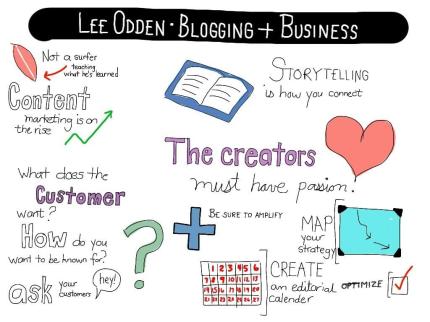Its essential to understand that not all products and service you can offer will be relevant to your customer. Some products and services are essential to the value proposition you make and some are just nice to have add-ons.
Products & Services;
These are the things you offer and do for your customers and you put in your shop window (so to speak). Its the full bundle of everything you do to help your customers satisfy either functional, social or emotional needs. However, you have to understand right from the off that products and services don’t actually create value of themselves, they do this when in context and in relation to a specific customer need.
Types of Products & Service;
- Physical; Manufactured Products, Goods you sell
- Intangible; These are services such as after-sales support…
- Digital; These are products and services such as downloads or an on-line recommendation service
- Financial; This is investments, insurances and services that assist in purchasing products
WHAT’S FREAKIN’ HOT
Products and services create value when targeted at a specific customer segment. When you do this you will filter your offering to only include those products and services that are relevant to the specific customer segment.
The offering will address needs of the segment and be communicated in simple straightforward language; “Will Save You Time”… But it is so important to make your offer relevant to the needs not the niggles.
You also have to realise that your offer will not meet every single need or want. You will have to make a clear choice on what you offer and how you communicate this offer targeting those needs you understand to be the most pressing for your customers.
Do this and you create value.
WHAT’S FREAKIN’ NOT
Listing all of your products and services is not good. In fact it’s decidedly bad to do this. You essentially are handing over your business to your customer and asking them to decide what is valuable to them. Of course you’re going to have to ask some questions to find out what they want but then you target your offering.
By listing everything you do you are adding to the customers pains by asking them to spend their time filtering what you do for you. This will be seen as a waste of time and wont get done. You don’t therefore add value and don’t make a sale either.
If you have filtered but got this wrong and you make an inappropriate offer, same thing. You haven’t added value and you have wasted time. Again no sale made.
What you have to keep in mind is that people, all people, you, me and everybody else as well are governed by what we see as our needs. Our needs are defined as;
- We’re hungry; give me food and water
- We’re scared; I need some place to hide and feel safe
- We’re angry; you better watch out pal cos I’m gonna get you
- We’re horny; no explanation needed
These are the basic emotions we all have to deal with and govern a lot of our behaviour including what we value. Satisfaction, Fear, Anger, & Reproduction. So what we offer is going to have to be framed as meeting one of these four basic needs, the rest is just tinsel.
As ever, thanks for reading and if you have anything to say or you have a question please post in the comments section and I’ll get back to you.

